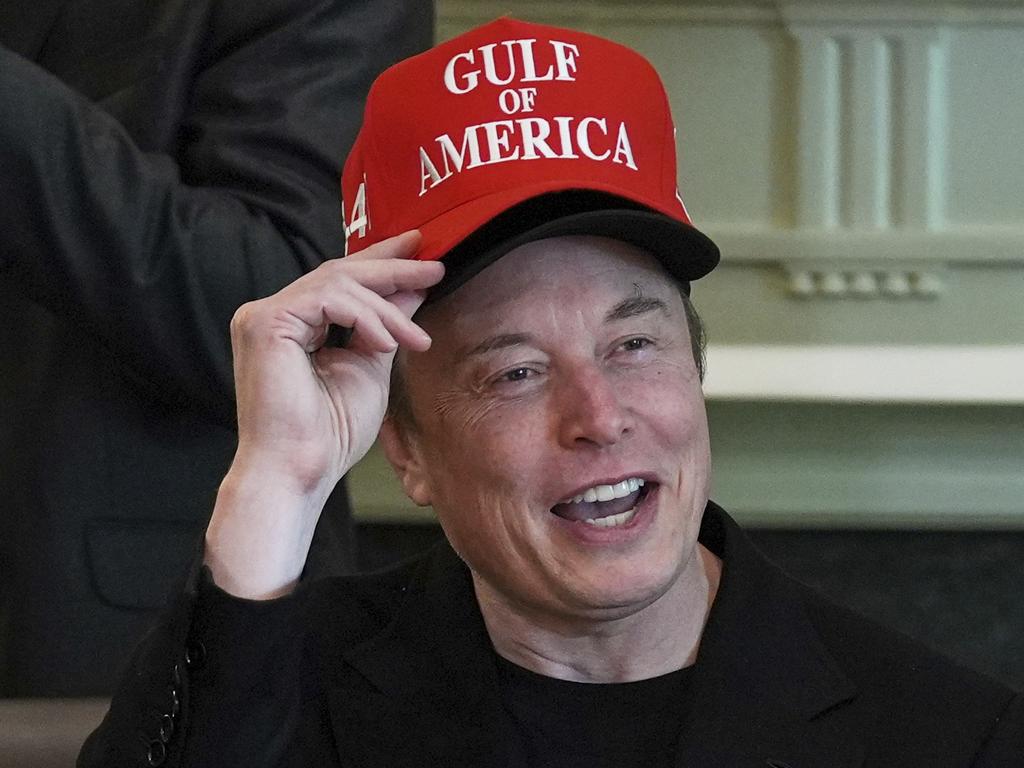Trump wants a new Air Force One so badly he’s refurbishing a Qatari plane
Donald Trump is done waiting for Boeing. Frustrated by delays on Boeing’s work to deliver a new Air Force One, he has commissioned a smaller defence contractor to ready an interim presidential plane by year’s end.
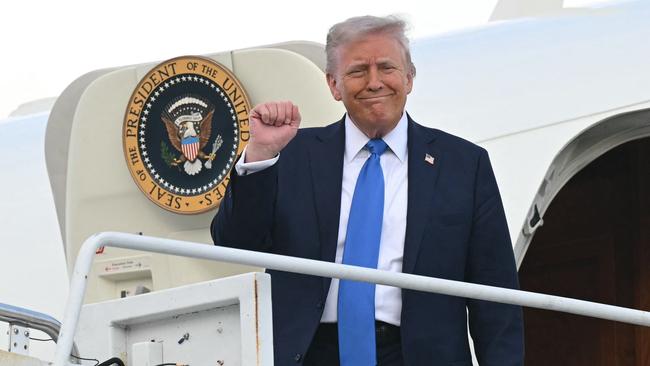
President Trump is done waiting for Boeing.
Frustrated by delays on Boeing’s work to deliver a new Air Force One, Trump has commissioned a smaller defence contractor to ready an interim presidential plane by year’s end.
Boeing will continue plugging away on a pair of Air Force One replacement jets, which have fallen so far behind that Trump might not get to fly on them while in office.
The US government has commissioned L3Harris to overhaul a Boeing 747 formerly used by the Qatari government. The Melbourne, Florida-based company is tasked with retrofitting the plane with certain specialised systems to transform the luxury aircraft into a presidential jet, some of the people said.
Trump wants to have the plane available for use as early as the fall, some of the people said. He has regularly asked for updates. On April 18, the CEO of Boeing came to the Oval Office to meet with Trump, people familiar with the meeting said.
The White House, Boeing and L3Harris declined to comment.
In his first term, Trump commissioned two new presidential planes to replace a pair of ageing jets, which are among the world’s most complex aircraft with communications and defensive systems that serve as a command and control platform for the commander in chief.
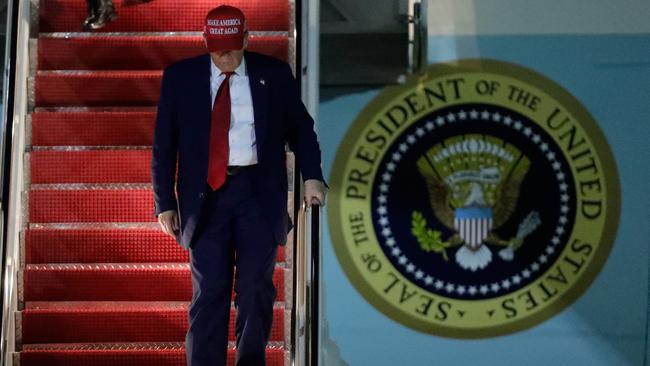
Boeing won the $3.9 billion contract and at one point was expected to have the planes ready by last year. But it is now years behind schedule and billions of dollars over budget, after a series of supplier, engineering and manufacturing setbacks.
L3Harris has been a contractor to Boeing working on communications systems for the pair of replacement Air Force Ones. The company, a product of the 2019 tie-up between L3 Technologies and Harris Corp., aims to become an alternative to the Pentagon’s biggest suppliers and has been growing quickly. It generates roughly one-third the annual revenue of Boeing.
The interim jet would complement the current pair of ageing, heavily modified Boeing 747 jets that are known by the military as VC-25A aircraft and referred to as Air Force One when the president is on board.
Before Trump’s inauguration, White House Military Office and senior Air Force officials considered cancelling Boeing’s contract for the new planes, according to people familiar with the matter. White House officials under Trump have also discussed whether they can sue the plane manufacturer, some of the people said.
The US Air Force has long wanted a third jet to serve as a backup when one of the current pair is undergoing maintenance, according to people familiar with the matter.
The VC-25As date to the George H.W. Bush administration and increasingly require heavy maintenance, potentially limiting the president’s transportation options on overseas missions when one of the planes is in the shop.
Around the November elections, Boeing representatives signalled to federal officials that the plane maker wouldn’t be able to deliver the new planes for about another decade — until around 2035, according to people familiar with the discussion. Boeing has, in particular, recently struggled with the planes’ complicated wiring and structural issues, including some related to holes for doors cut into the lower lobes of the aircraft, some of these people said.
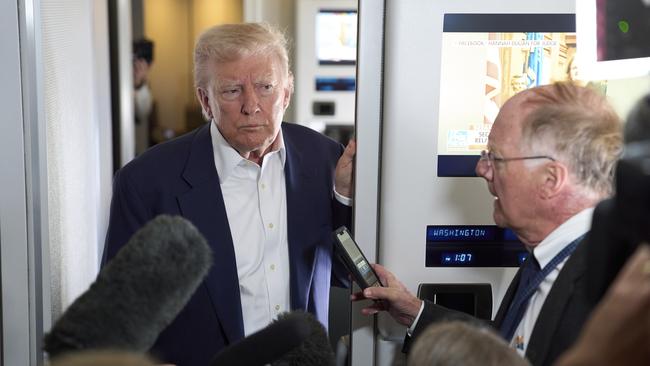
During the Biden administration, Frank Kendall, the US Air Force secretary at the time, considered cancelling Boeing’s contract for the project. In an interview with The Wall Street Journal this week, Kendall said he had been open to weighing whether the Air Force might have to work with European plane maker Airbus, or go with a two-engine jet, rather than the four-engine 747s it has been using.
Building out an interim aeroplane by the end of this year poses its own challenges. The plane might not be a true VC-25A that is as capable as the current jets. A quick turnaround would likely limit modifications, said Andrew Hunter, the Air Force’s acquisition chief during the Biden administration, who wasn’t familiar with the new plans. “You could do some paint, you could do some communications upgrades, and I suspect it would be hard to do too much beyond that on that timeline,” he said.
Military officials privately discussed whether they could paint the current Air Force One jets in Trump’s favoured colour scheme for the incoming president, people familiar with the discussions said. The Biden White House had rejected that paint job for the future president jets, whose dark blue paint might increase the heat signature on the plane and require costly and time-consuming modifications to avoid interfering with key electronic systems.
Boeing even produced a slide deck with potential other paint schemes, including variations of Trump’s that had blue and red stripes but a grey or white underbelly, according to a Nov. 18 Boeing presentation viewed by the Journal.
Soon after his election victory, Trump initiated a series of conversations with Boeing executives and enlisted Elon Musk to help speed up the Air Force One replacement jets with the hopes of being able to fly on the plane whose price he personally negotiated, according to people familiar with the discussions.
Musk demanded detailed information about the project even before Trump was in office, according to a person familiar with the request,
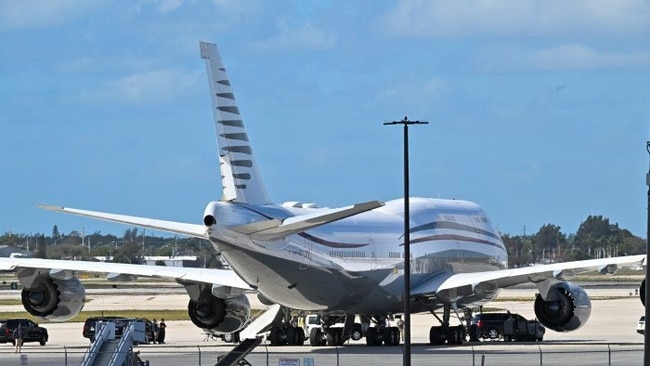
which made some executives at Boeing uncomfortable. Musk then regularly called Boeing officials and visited the future Air Force One jets at the company’s San Antonio facility.
In February, Trump teased publicly he might go in a different direction.
He spent more than an hour touring a Qatari-owned 747 in West Palm Beach, Fla., and said afterwards that he might buy a new plane. “I’m not happy with Boeing,” he said.
Boeing didn’t comment at the time, but CEO Kelly Ortberg told investors Musk was helping to speed Boeing’s work on the replacement planes by reducing onerous requirements set by the Air Force and White House.
Musk is “able to pretty quickly ascertain the difference between technical requirements and things that we can move out of the way,” Ortberg said at a February investor conference.
Boeing has struggled with certain Federal Aviation Administration certification requirements, as well as maintaining security credentials for workers involved with the highly classified project.
“If we’re going to get this thing delivered and get it at a reasonable time and a reasonable cost, I think you have to go in and be somewhat ruthless about the requirements,” said Kendall, the former Air Force secretary.
Wall Street Journal



